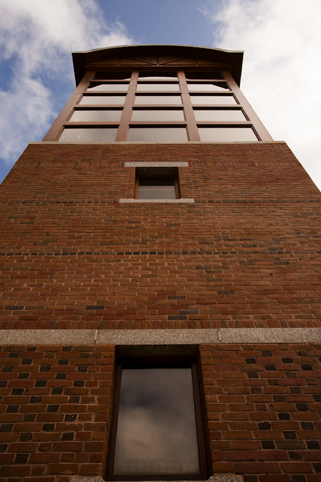High frequencies of leukemia stem cells in poor-outcome childhood precursor-B acute lymphoblastic leukemias.
Document Type
Article
Publication Date
2010
Keywords
Cell-Line-Tumor, Child, Humans, Leukemia-B-Cell, Mice-Inbred-NOD, Mice-SCID, Neoplasm-Transplantation, Precursor-Cell-Lymphoblastic-Leukemia-Lymphoma, Recurrence, Splenomegaly, Stem-Cells, Transplantation-Heterologous, Treatment-Outcome
First Page
1859
Last Page
1866
JAX Source
Leukemia 2010 Nov; 24(11):1859-66.
Abstract
In order to develop a xenograft model to determine the efficacy of new therapies against primary human precursor-B acute lymphoblastic leukemia (ALL) stem cells (LSCs), we used the highly immunodeficient non-obese diabetic (NOD).Cg-Prkdc(scid)IL2rg(tmlWjl)/SzJ (NOD-severe combined immune deficient (scid) IL2rg(-/-)) mouse strain. Intravenous transplantation of 2 of 2 ALL cell lines and 9 of 14 primary ALL cases generated leukemia-like proliferations in recipient mice by 1-7 months after transplant. Leukemias were retransplantable, and the immunophenotypes, gene rearrangements and expression profiles were identical or similar to those of the original primary samples. NOD-scid mice transplanted with the same primary samples developed similar leukemias with only a slightly longer latency than did NOD-scid-IL2Rg(-/-) mice. In this highly sensitive NOD-scid-IL2Rg(-/-)-based assay, 1-100 unsorted primary human ALL cells from five of five tested patients, four of whom eventually experienced leukemia relapse, generated leukemias in recipient mice. This very high frequency of LSCs suggests that a hierarchical LSC model is not valuable for poor-outcome ALL.
Recommended Citation
Morisot S,
Wayne AS,
Bohana KO,
Kaplan IM,
Meltzer PS,
Wheelan SJ,
Brown P,
Jones RJ,
Shultz LD,
et a.
High frequencies of leukemia stem cells in poor-outcome childhood precursor-B acute lymphoblastic leukemias. Leukemia 2010 Nov; 24(11):1859-66.


